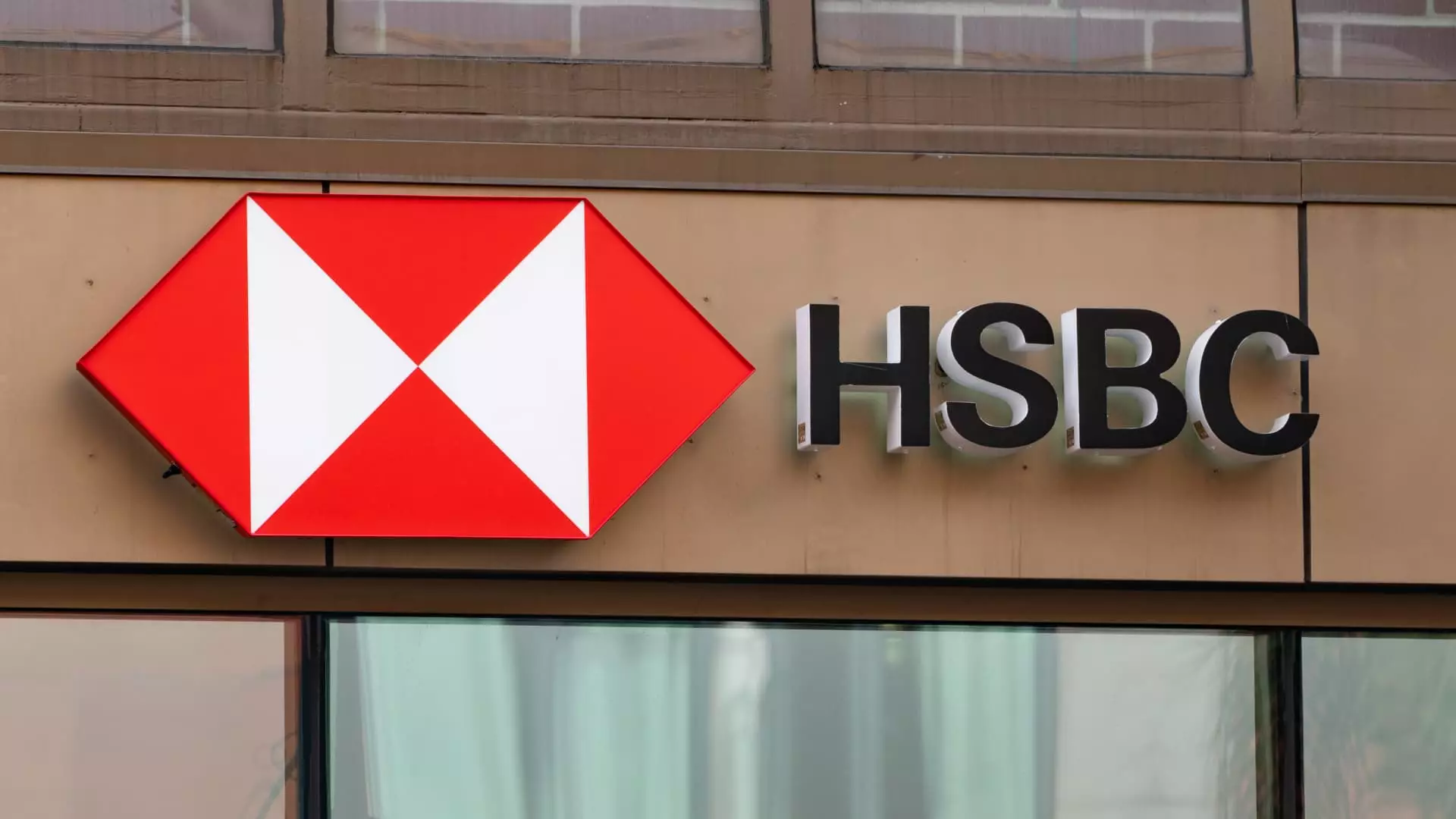In a significant move to realign its business focus, HSBC announced a comprehensive restructuring on Tuesday, consolidating its operations into four distinct divisions. This transformation not only stems from the need to streamline processes but also marks the introduction of the bank’s first female Chief Financial Officer (CFO), Pam Kaur. The initiative reflects a broader strategy to enhance operational agility and drive growth in the face of an ever-evolving global financial landscape.
The reorganization will see HSBC divided into two primary market segments: “Eastern markets,” which will encompass operations in the Asia-Pacific region and the Middle East, and “Western markets,” comprising the UK, continental Europe, and the Americas. This division is seen as pivotal for the bank, particularly in light of pressures from its largest shareholder, Ping An, who has previously advocated for a spinoff of HSBC’s Asian interests. The decision to maintain a unified structure was ratified during last year’s annual general meeting, signaling a potential compromise between stakeholder interests and management strategy.
As part of this overhaul, HSBC plans to roll out four business divisions starting January: Hong Kong, U.K., International Wealth and Premier Banking, and Corporate and Institutional Banking. This strategic blueprint aims to eliminate redundancy and streamline decision-making processes, thus fostering a more dynamic work environment. Group CEO Georges Elhedery remarked that this shift would position HSBC more favorably for subsequent phases of growth, reinforcing their ongoing strategic objectives.
The restructuring comes with lofty ambitions but also presents substantial challenges. According to UBS analysts, the extent of necessary changes to align the diverse operations of over 213,000 employees entails considerable financial implications. HSBC faces an uphill battle as it strives to balance a leaner operational framework while managing the inherent costs associated with such a massive restructuring.
Moreover, significant questions remain regarding operational placement within this new structure. For instance, analysts have raised concerns about the integration of Australian retail banking, where a considerable portion of loans pertain to residential mortgages, and the strategic relevance of insurance manufacturing in relation to international wealth management. The effectiveness of these divisions can greatly determine HSBC’s market responsiveness and overall financial health.
As the global financial landscape continues to shift, particularly with interest rates adjusting post-Covid, HSBC finds itself navigating potential risks. The bank experienced notable profitability during the high-interest rate period; however, easing monetary policies by the European Central Bank could erode this supportive environment. It is essential for HSBC to adapt strategically, leveraging its newfound structure to capitalize on growth opportunities while remaining responsive to changing economic conditions.
The bank’s robust performance earlier this year, evidenced by a pretax profit exceeding $21.5 billion, alongside a share buyback initiative, showcases its resilience. However, the upcoming financial results set for October 29 will reveal whether this restructuring translates into tangible success or presents further hurdles for the institution.
In a simultaneous leadership transformation, Pam Kaur, formerly HSBC’s Group Chief Risk and Compliance Officer, will step into the role of CFO on January 1, succeeding interim CFO Jon Bingham. This change, in conjunction with Elhedery’s elevation to Group CEO in July, indicates a significant strategic pivot within the bank’s upper management, which could shape HSBC’s future directions considerably.
As HSBC embarks on this new chapter, it is essential to monitor how the redefined structure and changes in leadership affect its decision-making processes, operational efficiency, and competitive positioning in global markets. The heightened focus on streamlining operations may serve the bank well in its quest for growth, yet the real success will hinge on effective execution in an increasingly volatile financial environment.
HSBC’s reorganization reflects both the challenges and opportunities faced by major financial institutions responding to a rapidly changing global market. This strategic direction may well determine the bank’s ability to sustain its competitive edge and profitability in the years to come.

